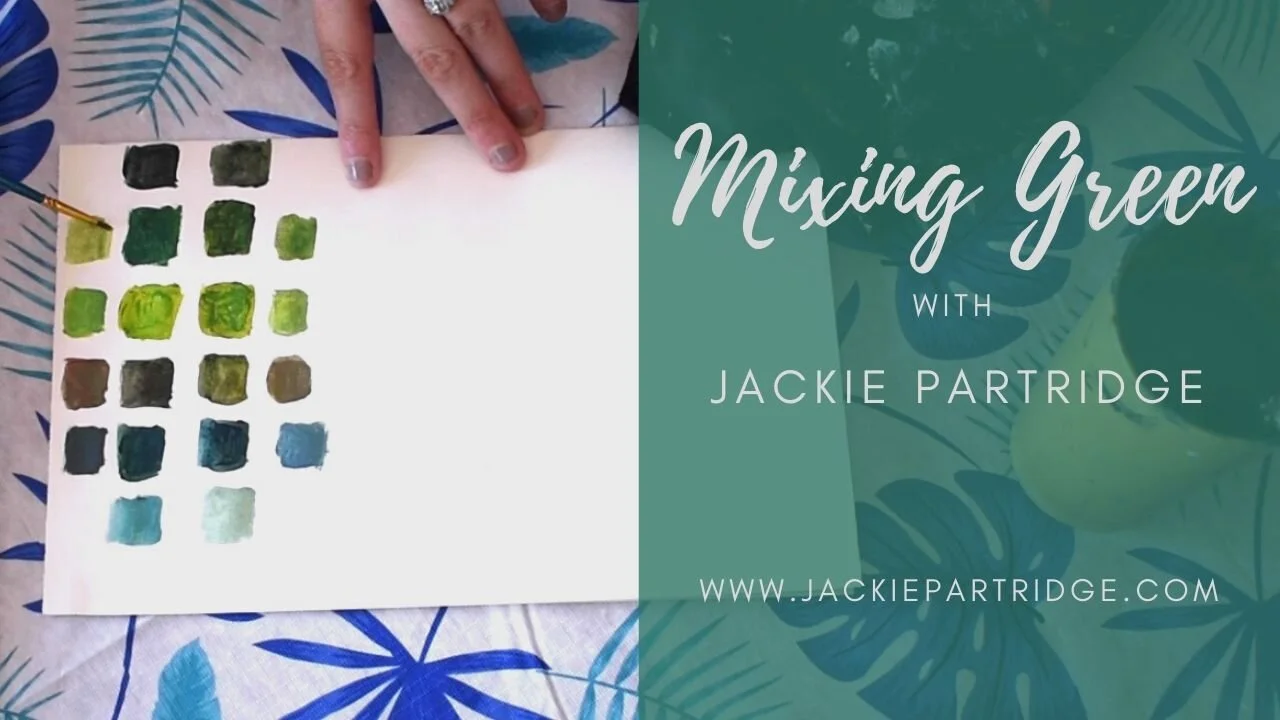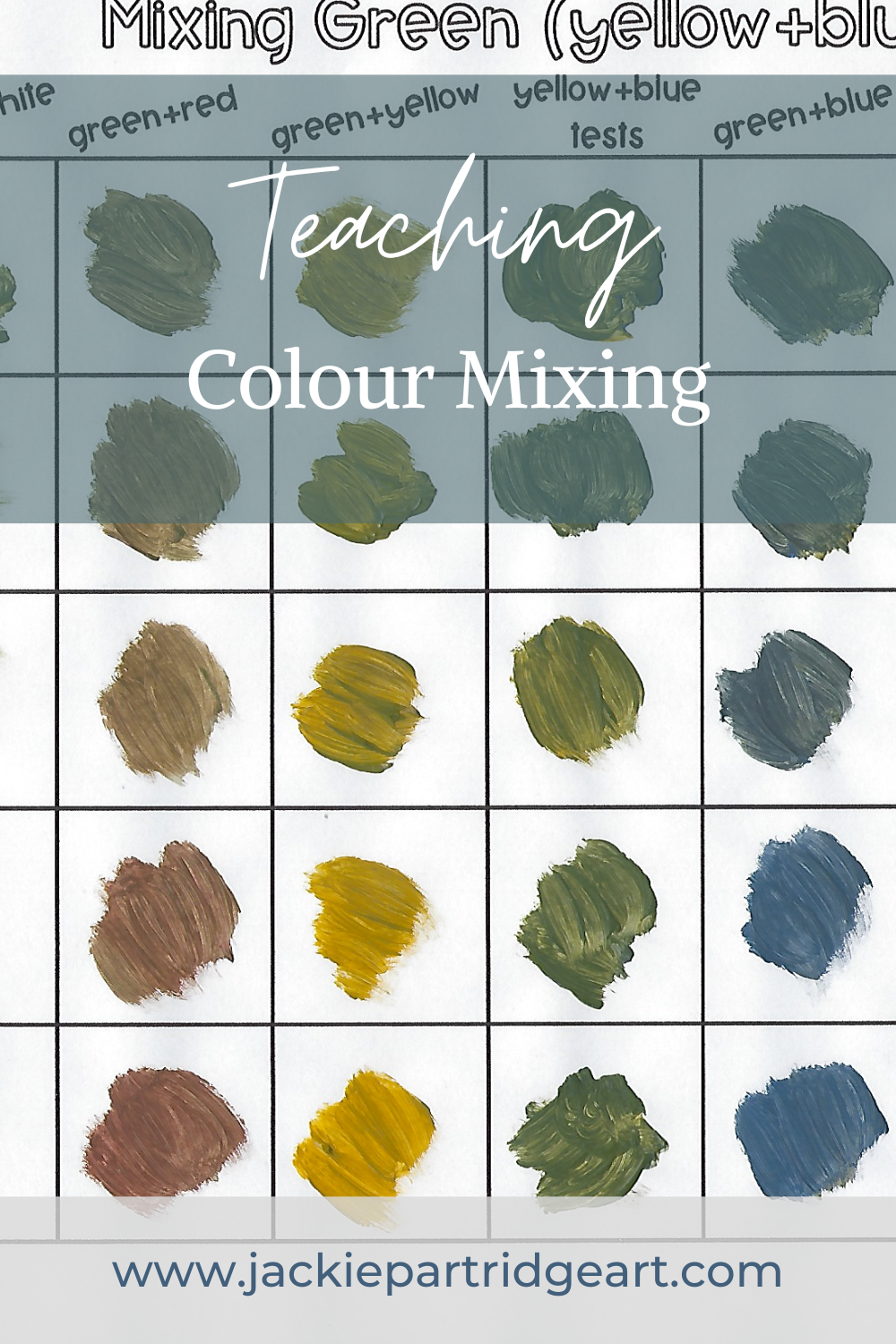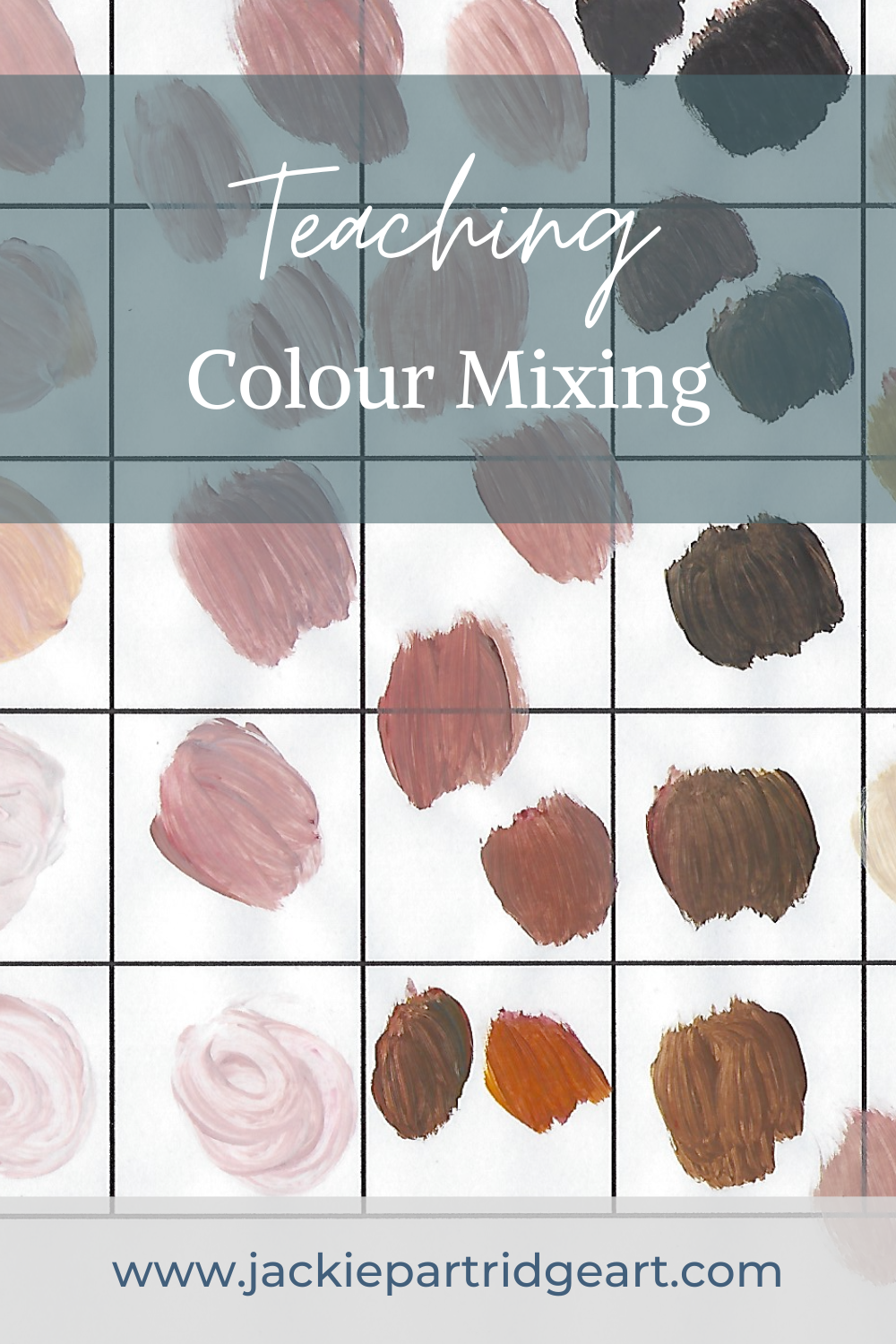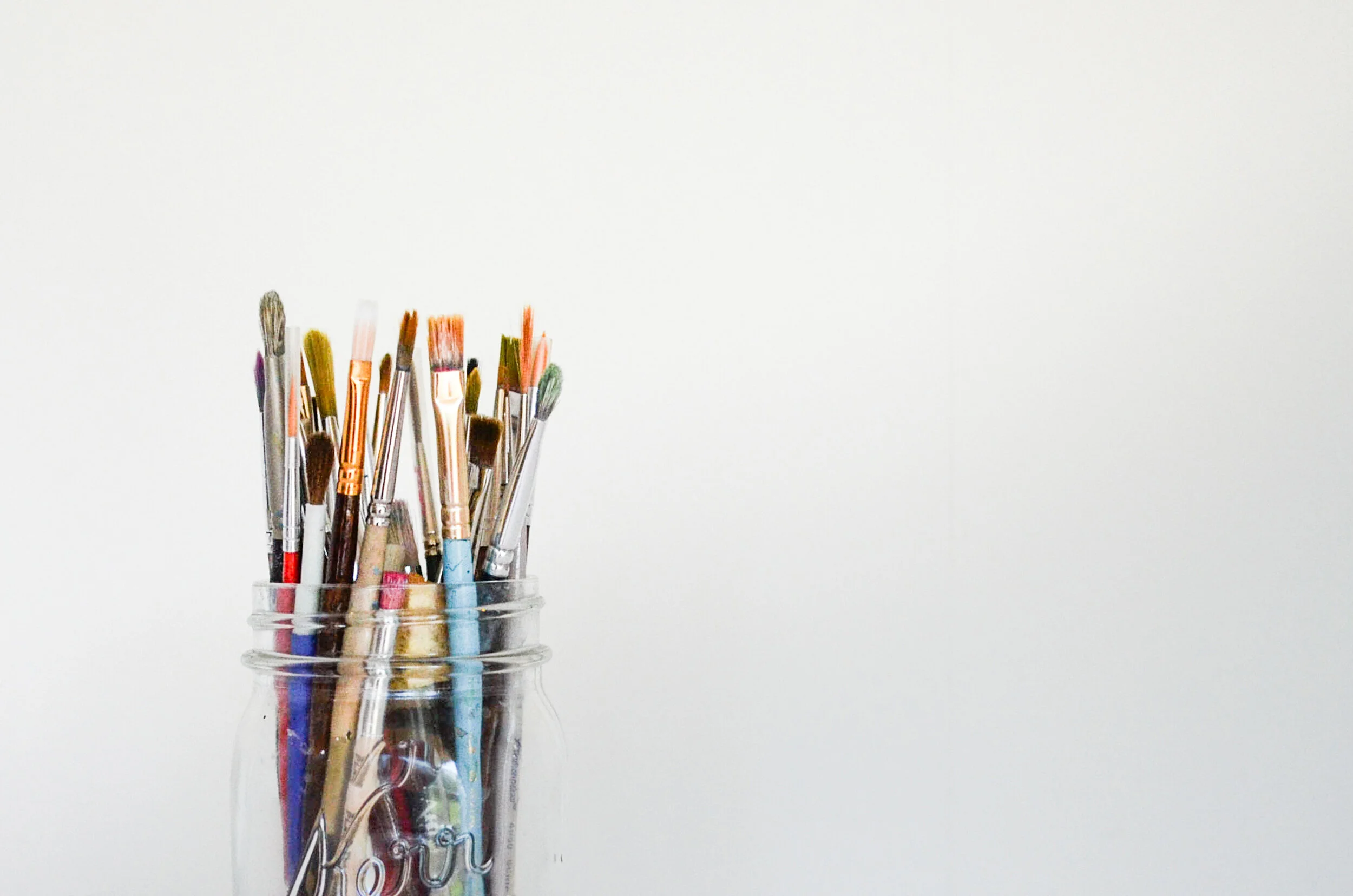How to store my art supplies? You have spent all this money on art supplies, it would be a waste to have to throw away those art supplies because they haven’t been stored properly. Let me help so you know how to store your art supplies. Read more about how to store my art supplies below.
How to store my art supplies:
Having proper storage of art supplies is important so that you don’t damage your art supplies -having them be wasted and so that your art supplies stay organized and you know where everything is.
Keep Your Studio Space Clean
Make sure the storage area is clean and free from dust, moisture, and direct sunlight
This will prevent art and art supplies from becoming damaged.
Categorize and Sort Your Art Supplies
Group similar items together. For example, keep paints with paints, brushes with brushes, and sketching tools with sketching tools.
This will help keep your art supplies organized and so that you know where to put things when you are done. This prevents your art studio from becoming a dumping ground and cluttered. Now you will know that everything has a “home” and a special spot to go!
Use Containers to Store Art Supplies
Invest in containers or boxes to keep your supplies organized. Clear containers can help you see what's inside without opening them. You could also use boxes with labels, baskets or jars. I like plastic containers because it keeps art and supplies dry and protected.
Consider Accessibility:
Store frequently used items in easily accessible places like on your desk or workstation. Less frequently used items can be stored in less accessible areas like in a box or closet.
Protect from Light and Moisture:
Some art supplies, such as paints and paper, can be sensitive to light and moisture. Store them in a cool, dry place away from direct sunlight.
This keeps the art supplies in good condition and lasting longer!
Make Use of Shelves:
Shelving can save space and make it easier to see and access your supplies.
Purge and Declutter:
Regularly go through your art supplies and get rid of items that are no longer in good condition or that you no longer use. This keeps your art studio organized and it will be easier to find the art supplies you are looking for!
Rolling Carts or Drawers:
Rolling carts or drawers can be a convenient solution, especially if you like to move your art supplies from one place to another.
Protective Cases for Fragile Items:
For delicate items like pastels or graphite sticks, consider using protective cases to prevent breakage.
Store Canvases and Papers Flat:
If possible, store canvases and papers flat to prevent warping or damage.
Temperature Consideration:
Some art supplies may have specific temperature requirements. Check the product labels for any special instructions and store accordingly.
Create a Dedicated Workspace:
If you have the space, create a dedicated art workspace where you can store and access your supplies easily.
Do you have any tips for how you like to store your art supplies? Let me know in the comments below!
Be sure to follow me by clicking on one of the social media icons below!























